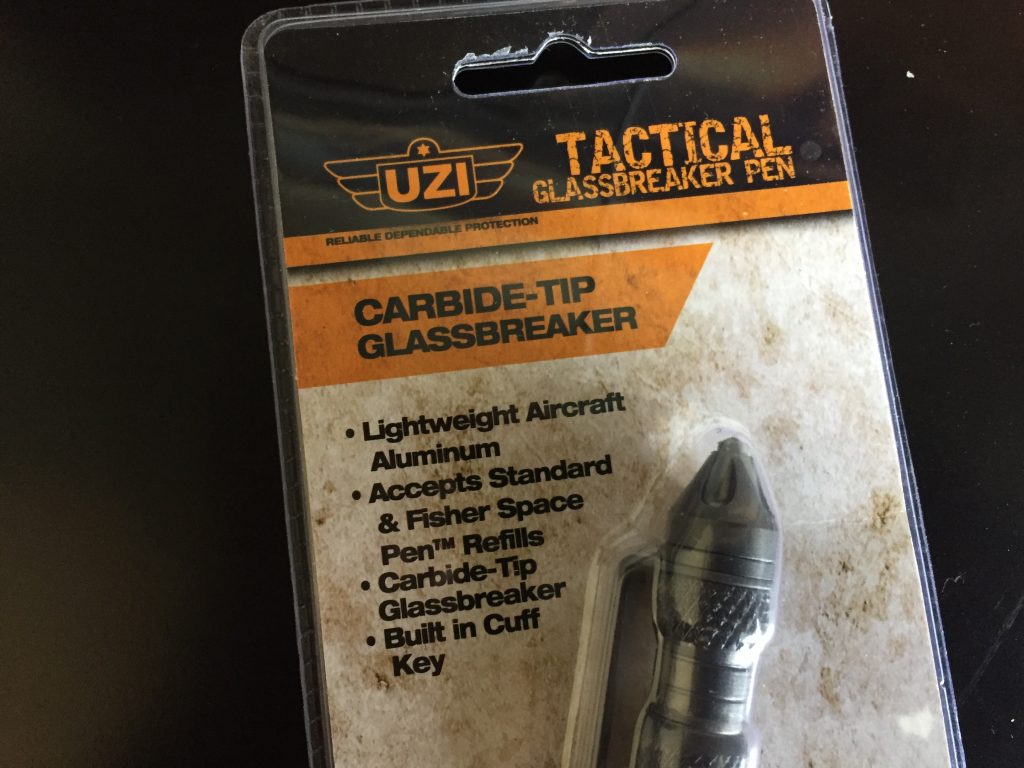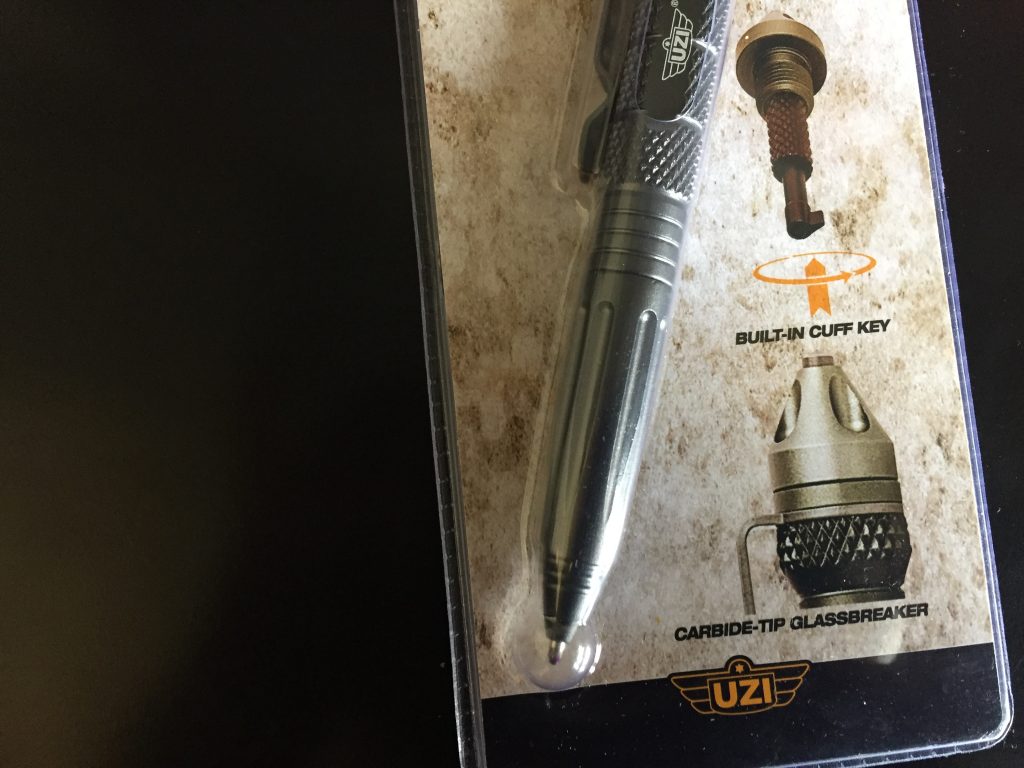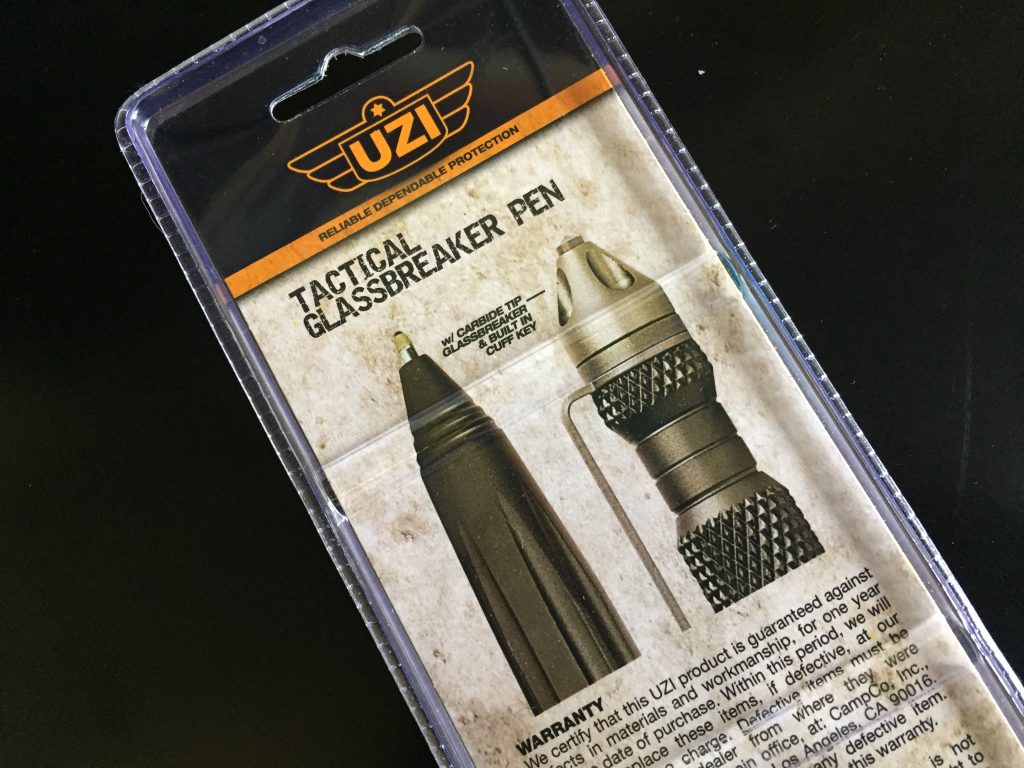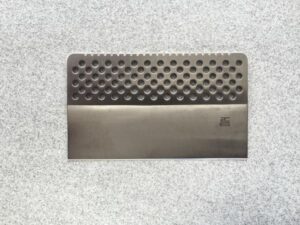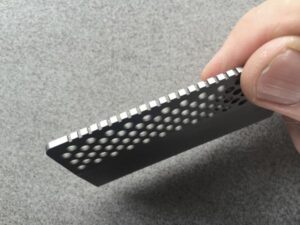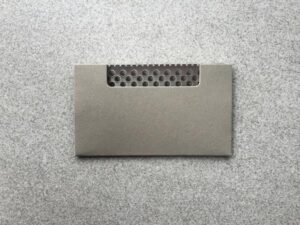Last week we wrote an introductory post explaining what stun guns are and how they work. There’s a big difference in the effective stun guns and the cheap ones. If you’re in the market for a stun gun, read that post to get a sense of what you’re looking for in a stun gun weapon. Today we’re going to take a similar look at pepper spray. Sprays typically come in small canisters, which makes them easily concealable in a pocket or purse.
If you’re using pepper spray as a defensive weapon, it must be accessible. It won’t do you any good if it is in the bottom of your purse and you can’t get to it when you need it. Many of the same states that have legal restrictions on stun guns have restrictions on pepper spray as well. For instance, stun guns and pepper spray intended to be used against humans (as opposed to animals such as bears) are illegal in New York and Massachusetts. In Texas, Wisconsin, Michigan and California, pepper spray is legal with certain restrictions on the potency of the spray and the size of the canister. So before you buy these and start carrying them around on a daily basis, inform yourself of your particular state’s rules about these defensive items.
The potency and range of pepper spray varies greatly, so know what you’re buying before you make the investment.
What Is Pepper Spray?
Pepper spray is an aerosol spray made using the active ingredient capsaicin. Capsaicin or capsicum is a chemical compound isolated from fruits in the genus Capsicum, typically hot peppers. When it touches the soft tissues of the eyes it causes tears and temporary blindness. When it touches the soft tissue of the nose and mouth it causes pain and a burning sensation, along with coughing, difficulty breathing and a runny nose. It’s used as a weapon by spraying an attacker’s face with it. The temporary blindness incapacitates them, so they typically grab their eyes and may drop whatever weapon they have. They hopefully will back away or run and leave the intended victim alone, so they have a chance to get away.
Pepper spray is used against humans as a self-defense tactic. It’s also used as a defense against vicious animals such as dogs or bears. Long-term, exposure to pepper spray is not harmful. Recovery time could be up to 15 minutes.
Mace versus Pepper Spray
Mace is simply a brand of pepper spray.
Pepper Spray versus Tear Gas
Mace, pepper spray and tear gas are terms that are sometimes used interchangeably but they are not the same. Chemical “mace” has an active ingredient of phenacyl chloride. Tear gas uses an ingredient called orthochlorobenzalmalononitrile. Now, Mace is most used as a brand name. The brand Mace may have products that contain capsaicin extracts or tear gas. Mace is also the name of a spice that is used in cooking and is similar to nutmeg. These are not the same thing, nor is mace the chemical agent derived from mace the spice.
People who are on powerful drugs such as PCP were discovered to not be affected by tear gas. This is why many law enforcement officials switched to pepper spray. pepper spray seems to affect everyone, no matter how incapacitated they are by drugs or alcohol. Some pepper sprays also contain dye so that your victim is marked.
How Powerful Is Pepper Spray?
There is a lot of variations and inconsistencies in labeling pepper spray and how potent they are. It can be confusing and misleading. There is not a lot of regulation about the statements that companies can make on their labels regarding how potent their sprays are. Part of the issue is that there are different types of capsaicinoid extracts which can be used, which cause different levels of irritations.
Manufacturers do not need to state what type of extract is used. Most tactical (law enforcement) pepper sprays are in the range of 1.3 to 2% containing capsaicinoids. Pepper sprays can go up to 3% concentration. For bear sprays, the United States sets the concentration of capsaicinoids as between 1 and 2%.
Some labels will say that their product has a “high OC content,” meaning oleoresin capsicum, which is the pepper extract itself. However, a high content does not necessarily mean a higher potency, depending on what type of extract was used in the product. More of a lower-grade extract does not equate to a more powerful product. A lower grade oil extract will not penetrate the skin or soak through clothing as well as a higher grade extract.
The label can also say it has a high SHU content. SHU is a measure of Scoville Heat Units, which is how the strength (heat) of hot peppers is measured. Again, this is not a measure of the potency of what comes out in the aerosol. Some labels are measuring for CRC which stands for capsaicin and related capsaicinoids. If you see this, this means there is a blend of higher and lesser potency oils and extracts in the product. You might also find a label that has a measurement for MC, meaning major capsaicinoids. These are the most powerful extracts. This is the best measure of strength.
The best approach to buying, because of the variations in pepper spray, is to contact the manufacturer and ask certain questions. Ask them what extract they use. Ask them the range. Ask them the number of shots you get per size container. Ask them about the shelf life.
What Is The Range Of pepper Spray?
Most pepper sprays will spray up to 8 to 12 feet. The size of your canister will affect how many sprays you get. The .54 ounce keychain canister can be fired approximately 5 times in quick bursts. Longer range also generally means you will get fewer shots per canister. A spray is considered to be about a half second long. Some sprays spray out in a stream while some spray out in a mist pattern. The mist may cover a wider area, but your attackers will need to be closer. The spray is similar to a water gun and it can be more easily directed to an attacker’s face. Streams also might be less likely to blow back in wind and affect you.
The age of your canister and whether you have sprayed it before will affect how long it lasts. Aerosol cans will naturally lose some effectiveness as months or years go by. Most pepper sprays should be replaced after two years, whether they have been sprayed or not.
Be Aware When You Spray
One of the biggest drawbacks to pepper spray is that when you spray it, you yourself can be affected by the fumes. If the wind blows it back on your, you can get as much or more of the effect of the spray as the person you intended to hit with it. This is one reason why a stun gun may be a better choice for you. You can’t control the environmental factors when you might need to spray. If you become debilitated by the spray, you can be in more danger than not having used it.
Water will not wash off pepper spray. The only thing that will remove pepper spray from the system is time and blinking, which is the body’s natural method of cleansing the eyes. If you get pepper spray on your skin, avoid rubbing it in. Wipes are sold along with pepper spray that can help decontaminate the body from pepper spray. If you buy pepper spray and plan to use it, it would be a good idea to keep some wipes in a handy location in case you get any on yourself, like your fingers as you are spraying it, or if the wind blows any back on you.
We’re planning a giveaway of pepper spray and a stun gun from PS Products in the coming weeks, so stay tuned! Keep in mind that pepper spray in the size we’re going to be giving away can go anywhere but Washington DC or New York. Stun guns cannot be shipped to New York, New Jersey, Rhode Island, Hawaii, Massachusetts, Wisconsin or Michigan.
Image from psproducts.com

